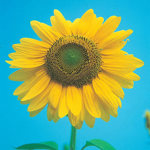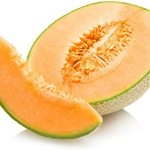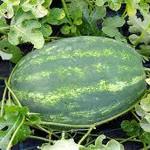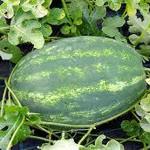FREE: Cape sundew - Drosera Capensis 10 + seeds

A member of Listia gave this away for free!
Do you want FREE stuff like this?
Listia is 100% Free to use
Over 100,000 items are FREE on Listia
Declutter your home & save money

"Listia is like EBay, except everything is free" - Los Angeles Times

"An Awesome Way To Give And Get Free Stuff" - Michael Arrington, TechCrunch
This Stuff is Free Too:

FREE

FREE

FREE

FREE

FREE
The listing, Cape sundew - Drosera Capensis 10 + seeds has ended.
this auction is for 10 + seeds for Drosera CapensisDrosera capensis, or Cape Sundew, is a very easy sundew to grow. It is native to the Cape region of South Africa. They are perennial, with linear leaves up to 2 ½ inches (6.5 cm) long, tapered toward the base. The leaves are densely covered with trichomes (plant hairs) that secrete a sticky sap that attracts insects. The hairs cover the top surface of the leaves and provide a moist appearance that is irresistable to insects. Once an insect is trapped on a leaf, the leaf curls around the insect, bringing numerous sticky trichomes into contact with the insect. Drosera secretes digestive enzymes into this mix when it detects an insect and this continues until the insect is liquified and its soluble contents digested. It is one of the easiest of the Droseras to grow.
Blooming Time: In the greenhouse, plants bloom in the fall with scapes that have numerous small pinkish flowers up to 3/8 of an inch (1 cm) long. The flowers are self-pollinating, and when seedpods dry they produce hundreds of viable seed.
Culture: Drosera capensis need full sun to light shade, with an acidic, moist soil mix. In the greenhouse, we use a soil mix consisting of 2 parts peat moss to 1 part sand. In a terrarium, you will need to add at least 1 inch (2.5 cm) of horticultural charcoal before adding the soil mix. If grown in containers, the container should be placed in trays with at least 1 inch (2.5 cm) of water at all times. They must be watered with distilled water or rainwater because they will not tolerate city water or hard water. Do not fertilize! During the winter months, water should be alternated between wet and dry periods. Insectivorous plants are adapted to low nutrient conditions (they obtain nitrogen, phosphorous and other needed minerals from trapped insects) and are damaged by high pH and water-borne nutrients.
P.s. seeds are very small
Cape sundew - Drosera Capensis 10 + seeds is in the Home & Garden | Gardening | Gardening Seeds & Bulbs category

